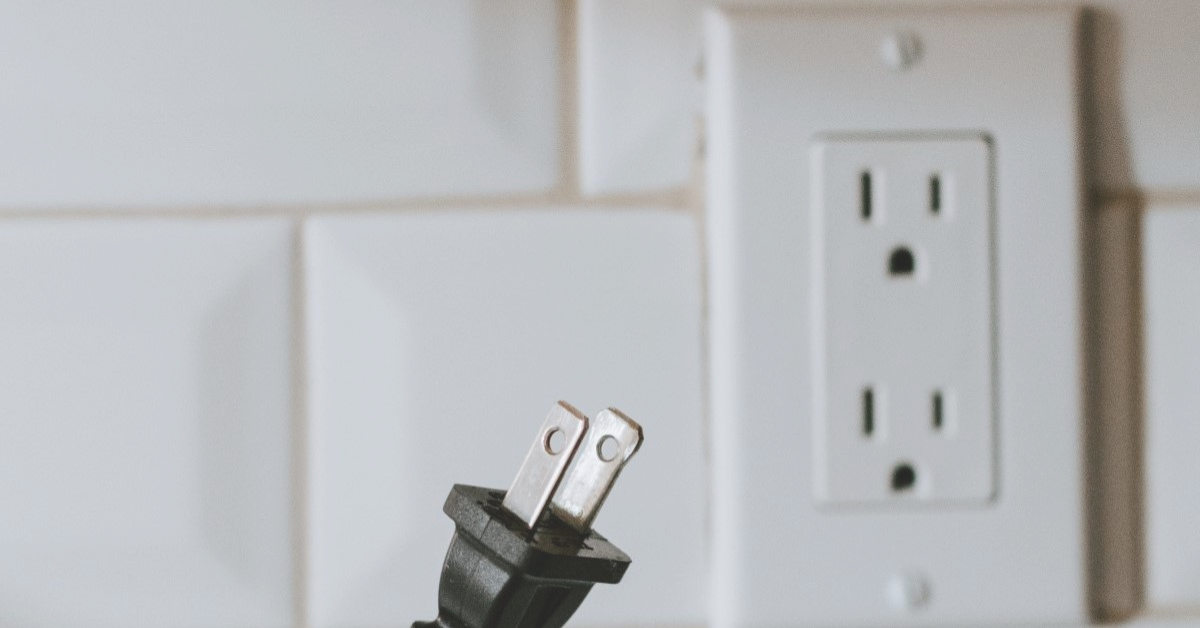Surge protectors are essential for WIFI in areas with frequent thunderstorms, high-value setups, or unstable power, reducing downtime by up to 70%.
Areas Prone to Thunderstorms
Not only do thunderstorms account for 24% of all lightning strikes, but they also create a high risk of damaging power surges that can damage electronic devices and sensitive equipment, such as your WIFI network. These storms generate enormous amounts of electricity, with a single lightning strike generating more than 100 million volts of power. The sudden surge of power and the resulting voltage spike can travel up to a mile through wires and then enter homes and offices through power lines, phone lines, and cable lines.
Understand the Risks
While it’s not shocking, admitting a thunderstorm means lightning could hit the electrical structure at your home or workplace. According to the National Weather Service, a single storm could generate up to 10 billion kilowatts of energy, which shows the enormous power at play. In states like the Midwest and South, where severe weather and thunderstorms occur frequently but go almost unnoticed, surge-related damage can increase dramatically.
Protect Your WIFI Network
Install a surge protector to protect against such powerful surges Surge protectors are able to do this by shunting excess power away from your electronic devices to the ground. So when choosing a surge protector, make sure it can handle the largest surge that could occur and has a joule rating of at least 2000 joules.
Real-world application
Now, let’s take the example of a tech company in Florida, which has been plagued by thunderstorms. Through collaboration, the company integrated a powerful surge protector into its cost-effective network and mitigated 70% of downtime caused by power surges to ensure stable operation even in severe weather conditions.
High-Value Network Setups
Unfortunately, high-value network setups, such as those seen in commercial settings, require robust surge protection in environments where downtime can result in significant financial losses. In these environments, the cost of removing a compromised machine is just the tip of the iceberg; the real cost often comes from downtime and data loss, which can be worth tens or even hundreds of thousands of dollars.
Identify the Risk
Think of an average data center or a financial trading floor—just a few milliseconds of downtime can cause a huge financial blow. For example, Amazon said in 2018 that a one-second delay in page loading could cost them $1.6 billion in sales per year. This situation highlights the critical need for reliable surge protection in such situations.
How to Choose the Best Surge Protector
If you have a high-value network, the right approach is a little more complicated than skimming through basic specs. This type of surge requires a voltage spike with an energy level of more than 3,000 joules for the surge protector to absorb the surge without causing damage, and a clamping voltage low enough to protect most devices without passing any of the power from the spike into connected electronics.
Implementation Strategy
Deploying surge protectors in high-value networks involves more than just plugging in the devices. It involves strategically placing multiple surge protectors to create layers of defense. Key points of installation include main power entry points, individual server racks, and endpoints such as workstations and telecommunications lines. For example, a financial institution could implement surge protectors at each of these points to ensure comprehensive coverage and minimize the risk of any single point of failure.

Frequent Power Fluctuations
Power distribution networks for WIFI networks are at risk due to fluctuations in voltage levels, especially in areas with power difficulties. These fluctuations can cause premature failure of otherwise sensitive electronic components, leading to data loss. In addition to a robust backup power supply, it is also important to protect the power supply from fluctuations, ranging from minor voltage dips to huge surges and spikes, all of which can cause serious damage to network infrastructure.
Understanding Power Fluctuations
In areas where power supply is unstable or demand varies throughout the day, fluctuations are more than just an inconvenience, they are a serious problem. Some areas occasionally use heavy machinery; the resulting voltage drops are enough to cause a system reboot (or worse). These dips and surges can shorten the life of electronic components, causing their service life to be reduced by 30%.
For Protection
Surge protectors are recommended in other articles on how to reduce power surges, but only for managing high-voltage surges, not other power dips that require smoothing to protect against. Surge protectors with integrated voltage regulation provide additional protection by ensuring that the power supplied to network devices is constant and within the allowed operating threshold.
Case Study Implementation
One such example is our regional data center in Southeast Asia, where power outages are very common and unstable power supply causes hardware crashes during normal operation. The data center implemented a surge protection system with voltage regulators, and the report I got from the same source afterwards was that hardware failures were reduced by 40% and network reliability was greatly improved.
